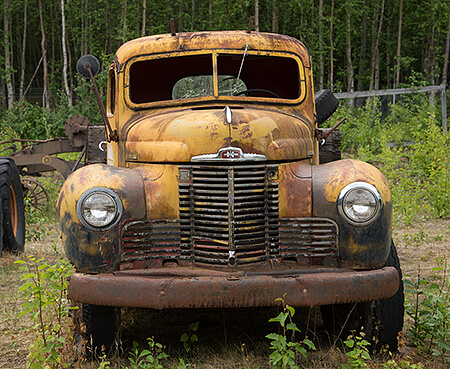I friend recently asked me how I explain lighting to new photographers. I teach a lot of lighting classes every year, and I am always trying to figure out new and better ways to be effective teaching these concepts. One thing I talk about is visualizing the light. We all know how important light is in photography. Without light, we don’t have images. So photographer’s learn early on how to evaluate light relative to their subject. How many early mornings have we all been up photographing landscapes, street scenes, local villagers in beautiful morning light? We recognize this light is warm, inviting and often flattering on our subject. We see the actual light, change our position or the subjects (for portraits), maybe even modify the light with a reflector. So what is the next step to take in our ongoing mastery of light? Visualizing light that isn’t present on your subject.
How does this work? Take this example. I just returned shooting thousands of images in Alaska for a client, and on my day off I returned to some old cars I had found the year before. The skies were overcast, so my subject, a yellow truck, was flat and had little color. So I stood there for about 5 minutes visualizing what the scene could look like, not what it actually looked like. This is an important skill to develop as a photographer. Your vision of what is possible, not what is reality, can take your shooting to a new level. I imagined first one SB900 hitting the left side of the car, maybe at a narrow angle to light that side but leave other parts shadowed. Then I saw how this would leave the other side of the truck dark, so I needed to illuminate this with another flash. Then I realized the cab interior would be a black hole, so I envisioned another speedlight hitting the red fabric of the cab interior. In five minutes time I could imagine how I could transform a low contrast, ‘dead’ scene into something much more interesting. It’s true with overcast light the truck would still photograph well with its gritty paint and texture. But I also saw a way to create another photograph. Visualizing the light isn’t just for flash shooters. Imagine looking at landscape imaging how early morning light will illuminate it. Where is the best angle? What shadows will be created? Would a polarizer help? This is visualizing the light. If you can see more potential in a scene, you just might get a shot no one else does.
Halfway into my old car shoot it started raining. I have cowered under a lot of things to avoid the rain, but never an aircraft wing. Very cool!


